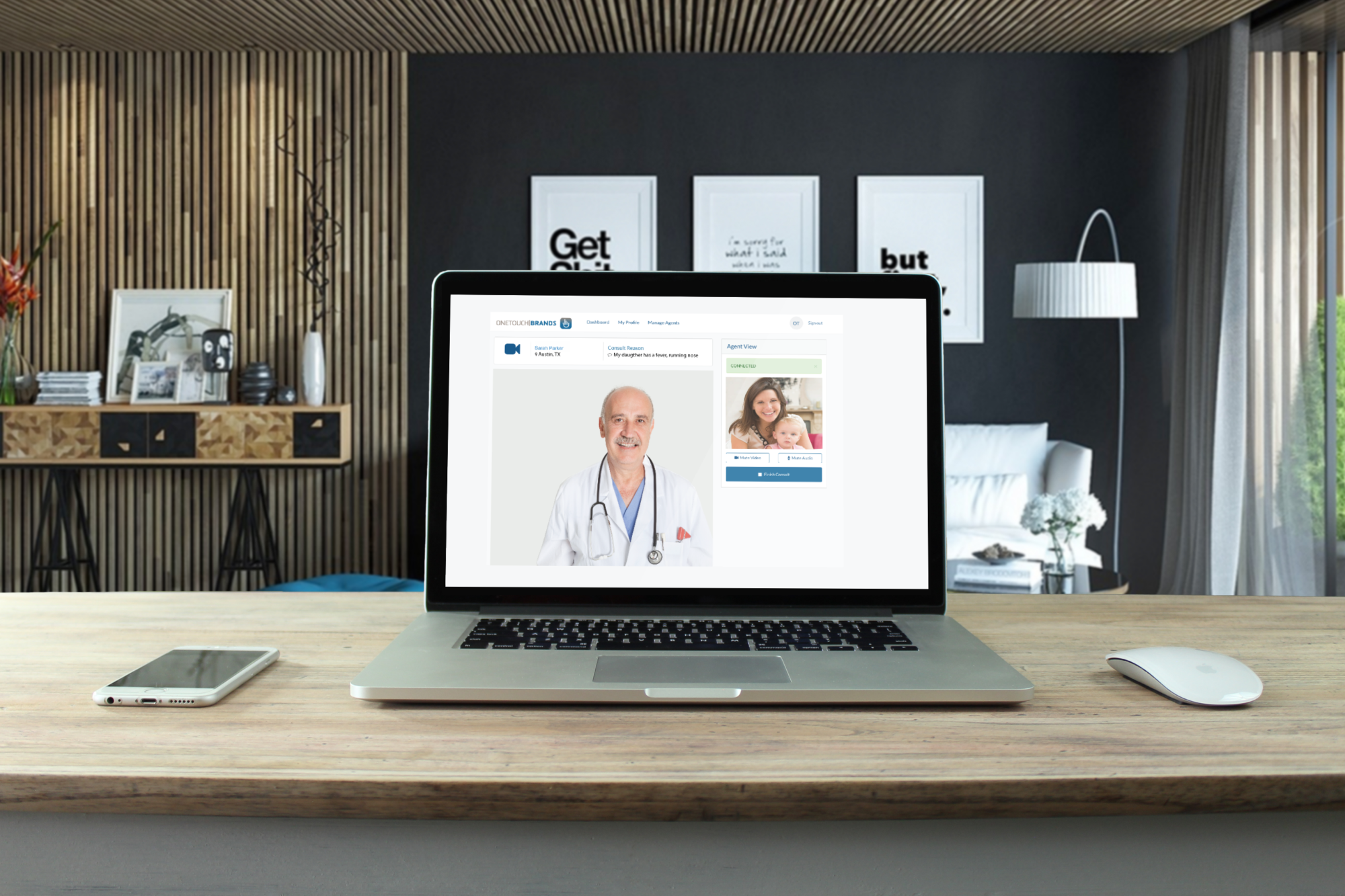Everything You Need For The Telehealth Patient Journey
In 2019, video telehealth has become table stakes for patient demanded convenience. In fact, the waves started hitting in 2016 when Kaiser Permanente announced that they had officially seen more than half of their patients virtually as opposed to an in-person encounter. All of this means providers, practice groups and hospitals have to think about the patient experience and communication preferences to acquire and retain patients. Video telehealth solutions allow providers to increase practice revenue, reduce operating costs while providing the best patient experience.
Today’s patients are now consumers evaluating their healthcare experience based on all their interactions across all industries. Across all demographics, consumers are buying based on customer experience and convenience. In younger demographics, doctor loyalty is a thing of the past. Telehealth interactions are expected to grow in the U.S. at a compound annual growth rate of 27.5% reaching $9.35 billion by 2021. As a result, 44% of private practices are making it their No. 1 priority to add to video telehealth to their practice group.


Patients are demanding video telehealth in the United States at exponential growth from 300,000 transactions a few years ago to over 7M+ in 2018.
Providing specialized one to one care can present a challenge for patients residing in more rural populated areas. Geography poses a challenge to regional hospital facilities seeking treatment for acute or specialty medicine cases. HIPAA compliant video telehealth makes these specialists available regardless of location and can connect regional and large hospitals and clinics alike.
With the rise of video telehealth, group practitioners are prioritizing to implement their own HIPAA compliant video telehealth platform to connect with their own patients for after-hours consults as well as providing them with more convenient follow-up. Instead of an ill patient relying on an emergency facility, they can stay in-house where they have a relationship with the provider and the provider has a historical view of their health.
With over 60 percent of Millennials supporting telehealth over office visits, the demand will only increase with this growing demographic. In addition, 71 percent said they’d like to see their providers use a mobile app to book appointments, share health data, and manage preventive care.
A HIPAA compliant video telehealth platform allow for the highest convenience, highest engagement while being the lowest cost to implement.
Our telehealth platform allows you to create face-to-face experiences, everywhere, with an average 300% ROI.


Key Features
4K Images
Have the ability to take, store and forward, high-res images while speeding up the patient intake process.
Location Agnostic & Intelligent Routing
Route patients on-demand to skilled clinicians anywhere they are needed.
On-Screen Guidance & Secure Chat
During the point of care, share your screen with patients or care team members. Chat with care team members or exchange links to secured content.
